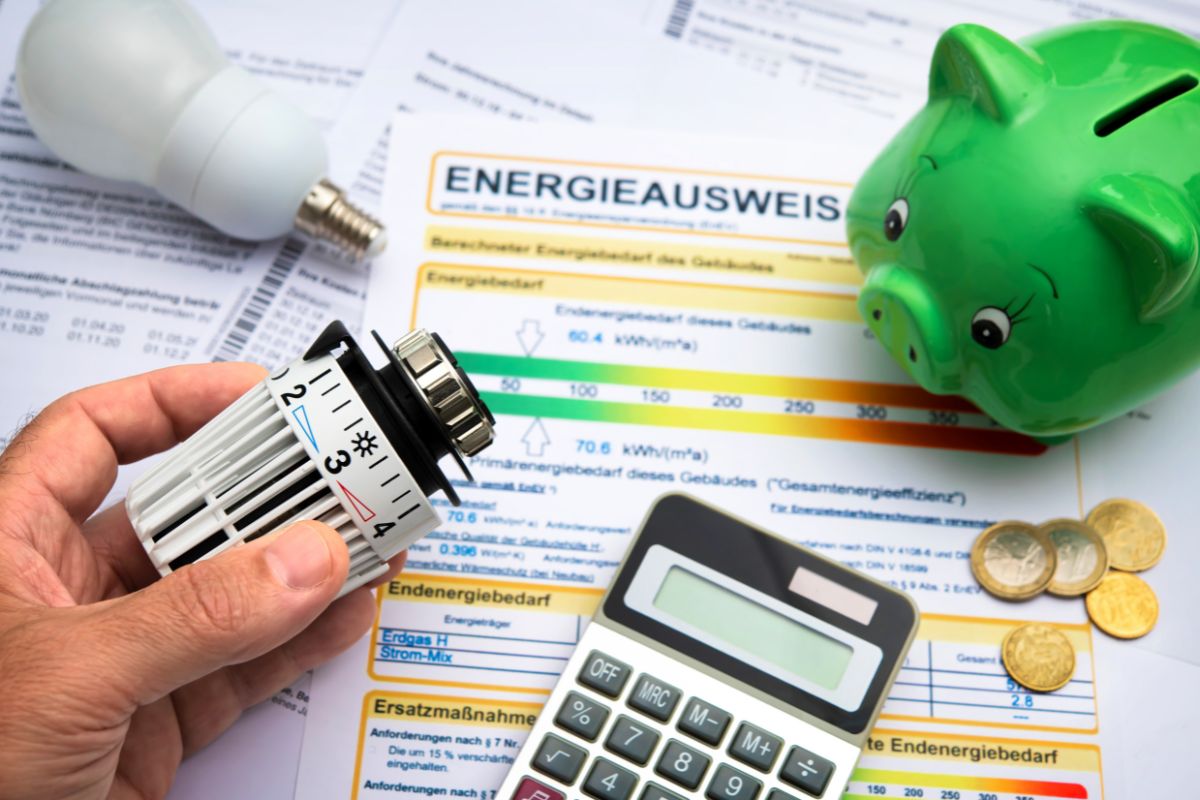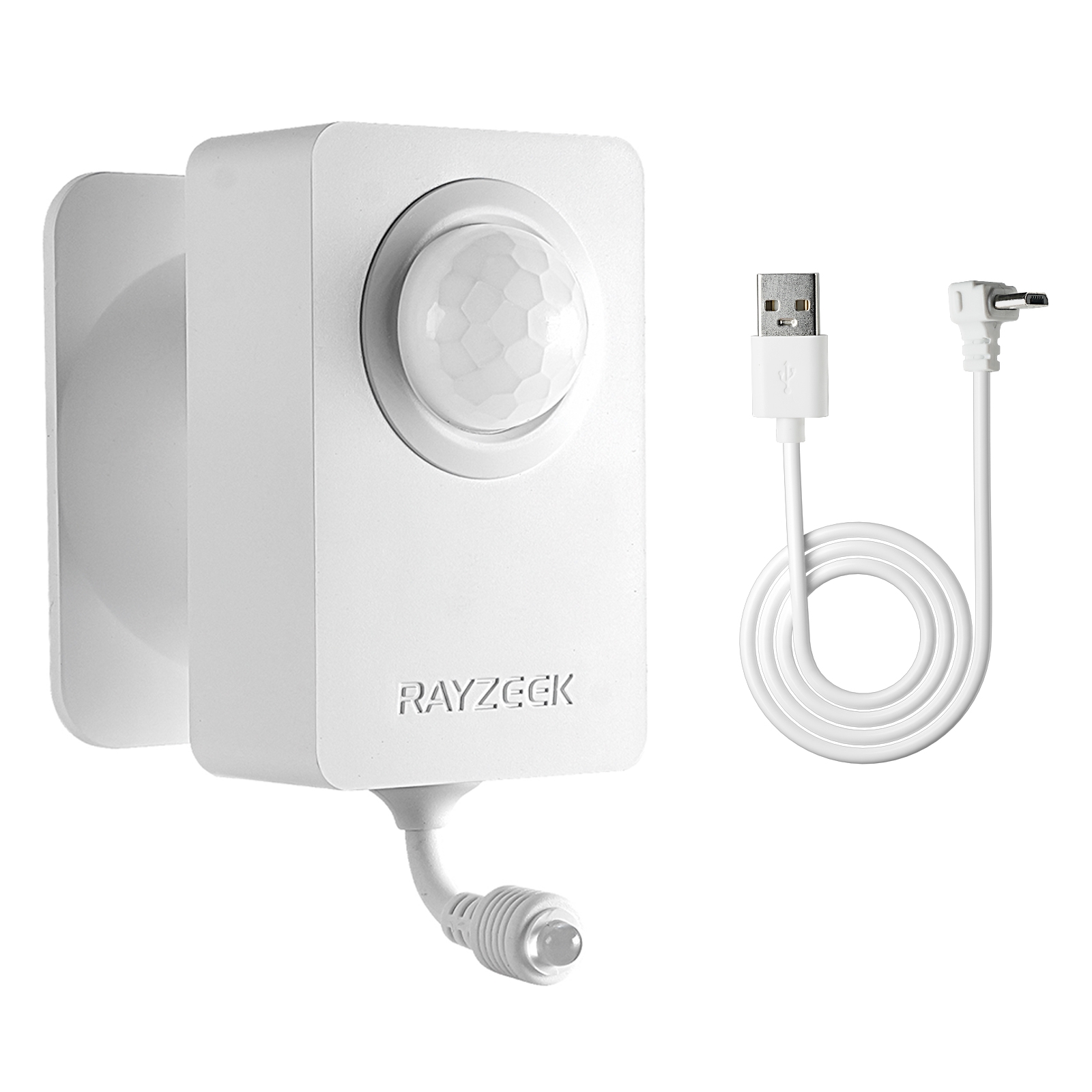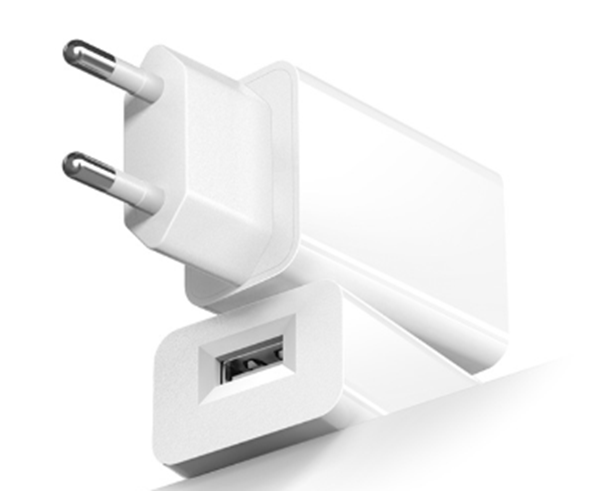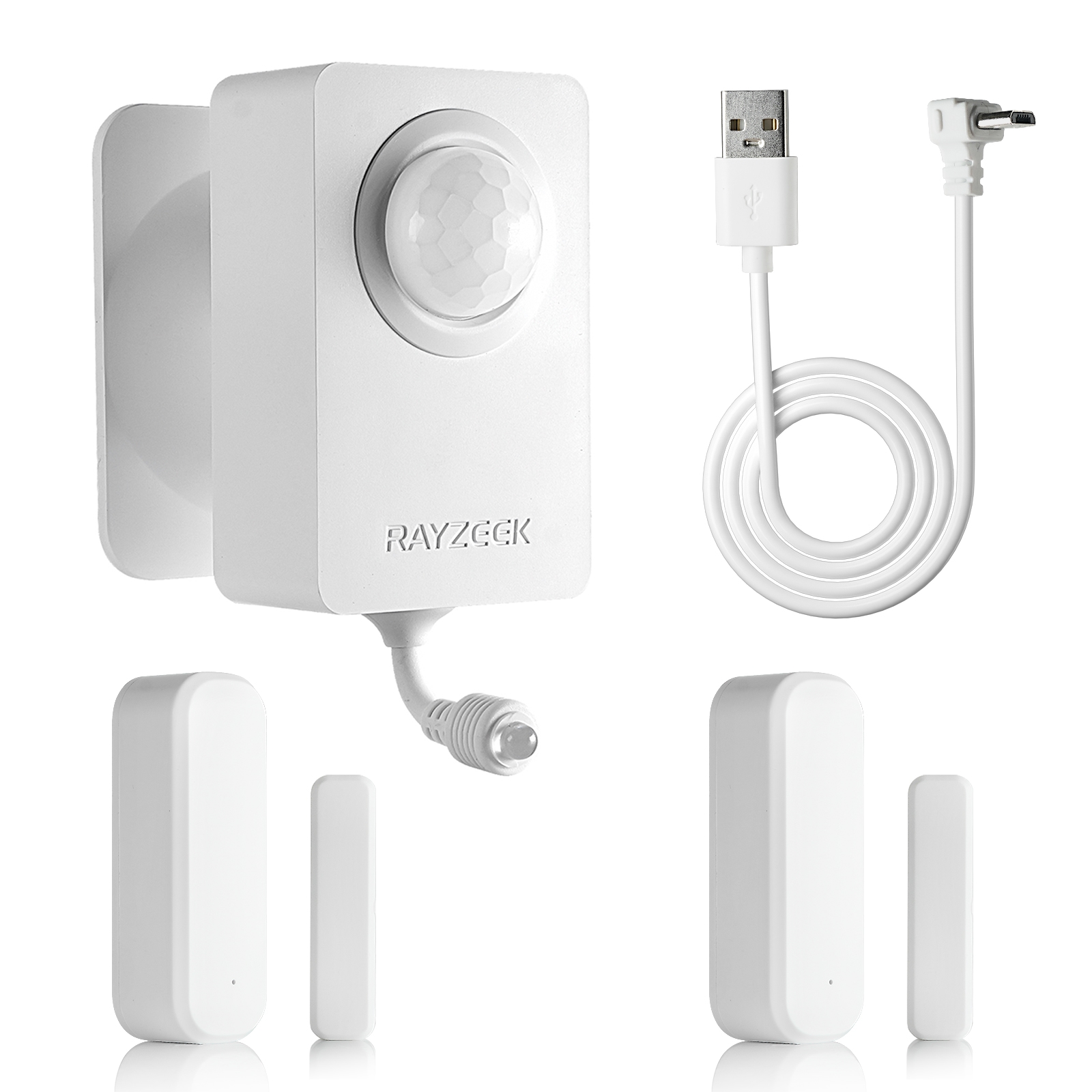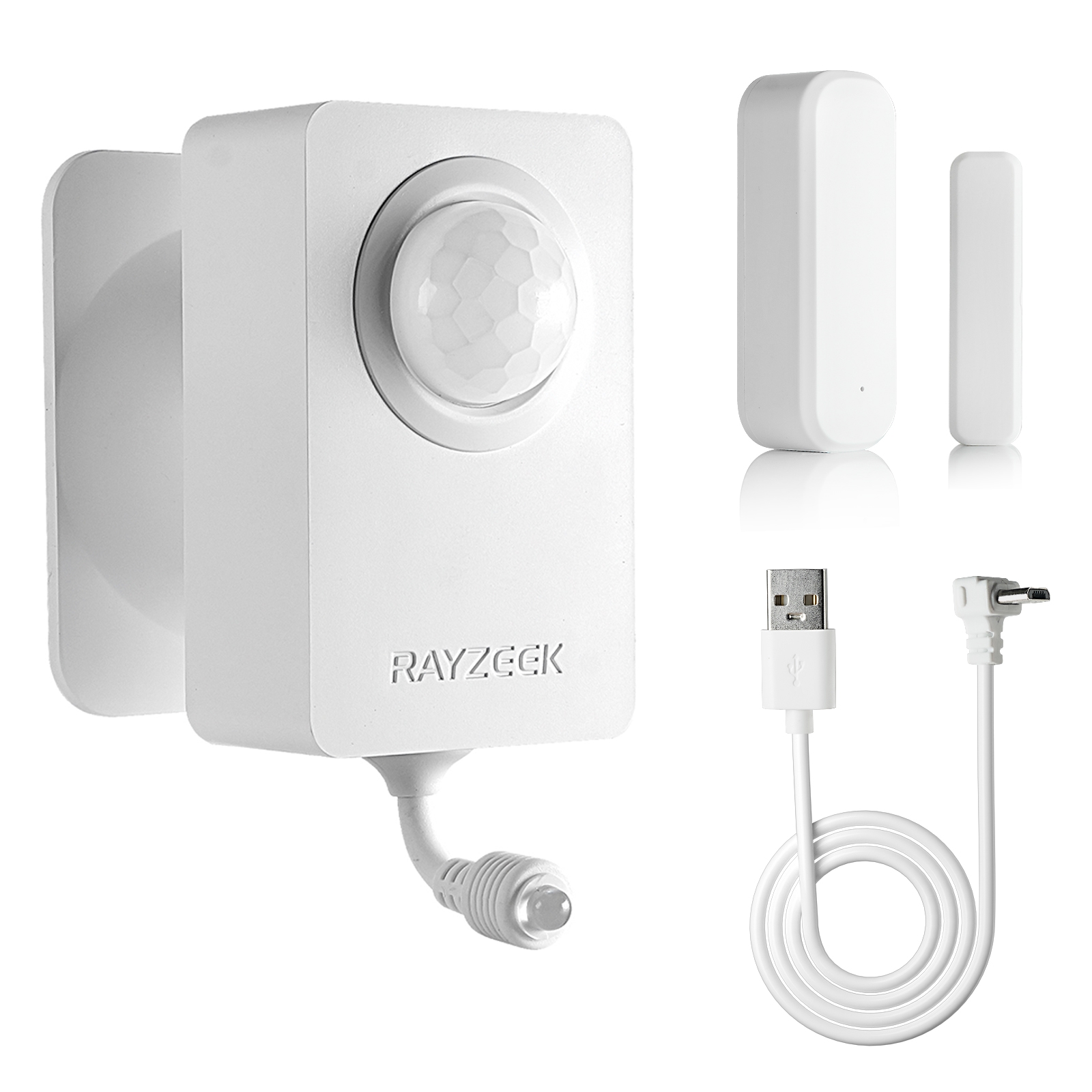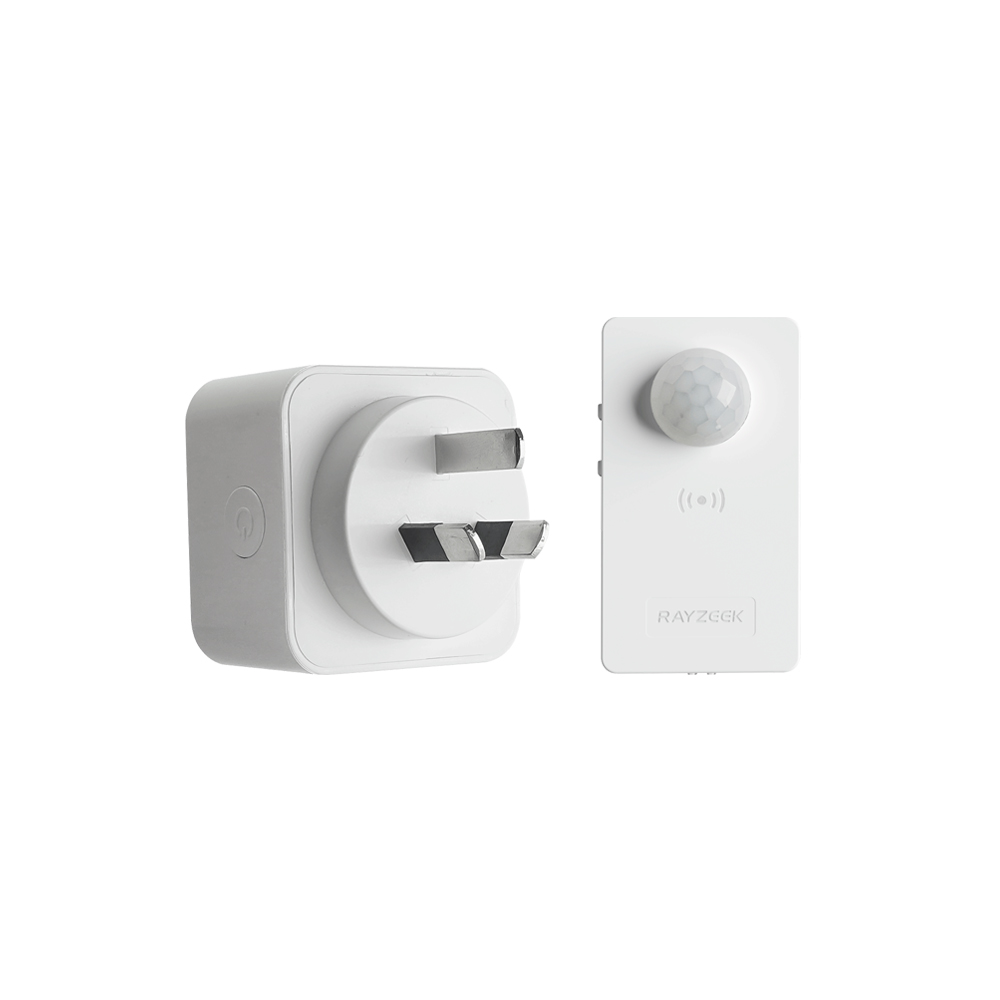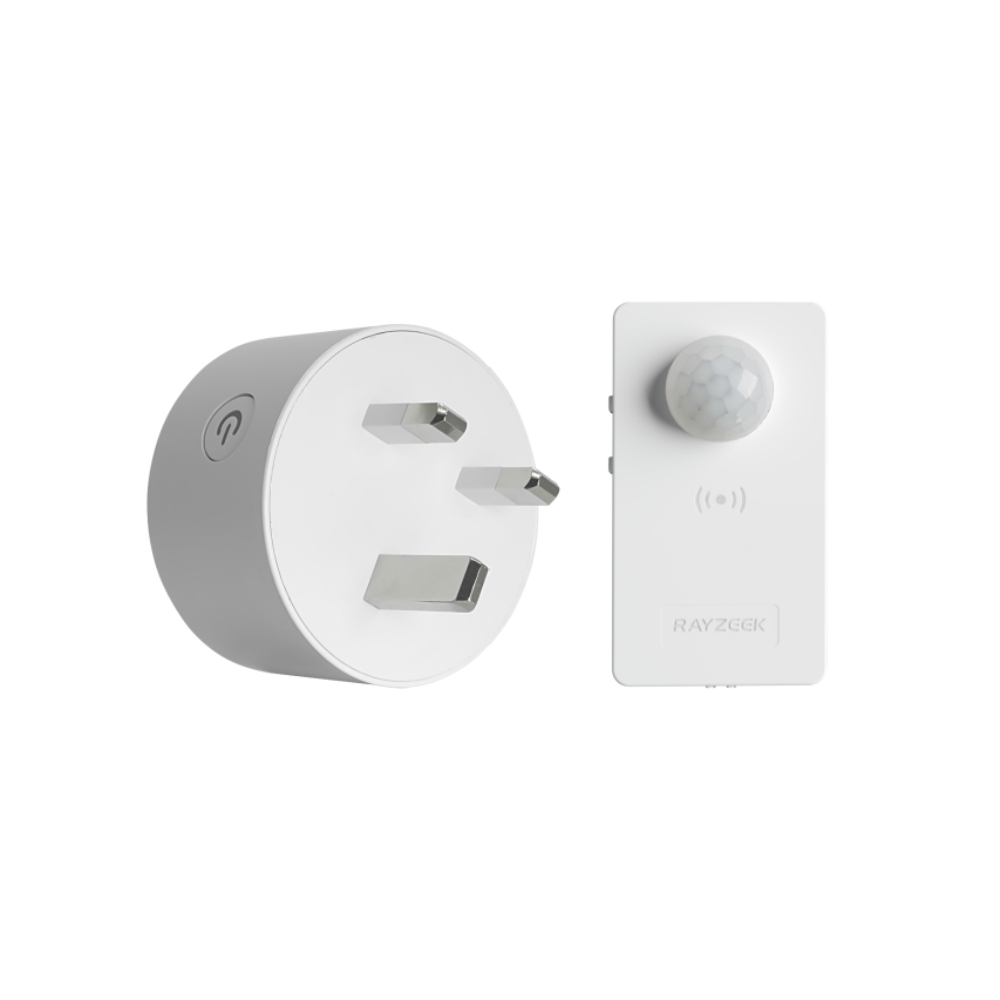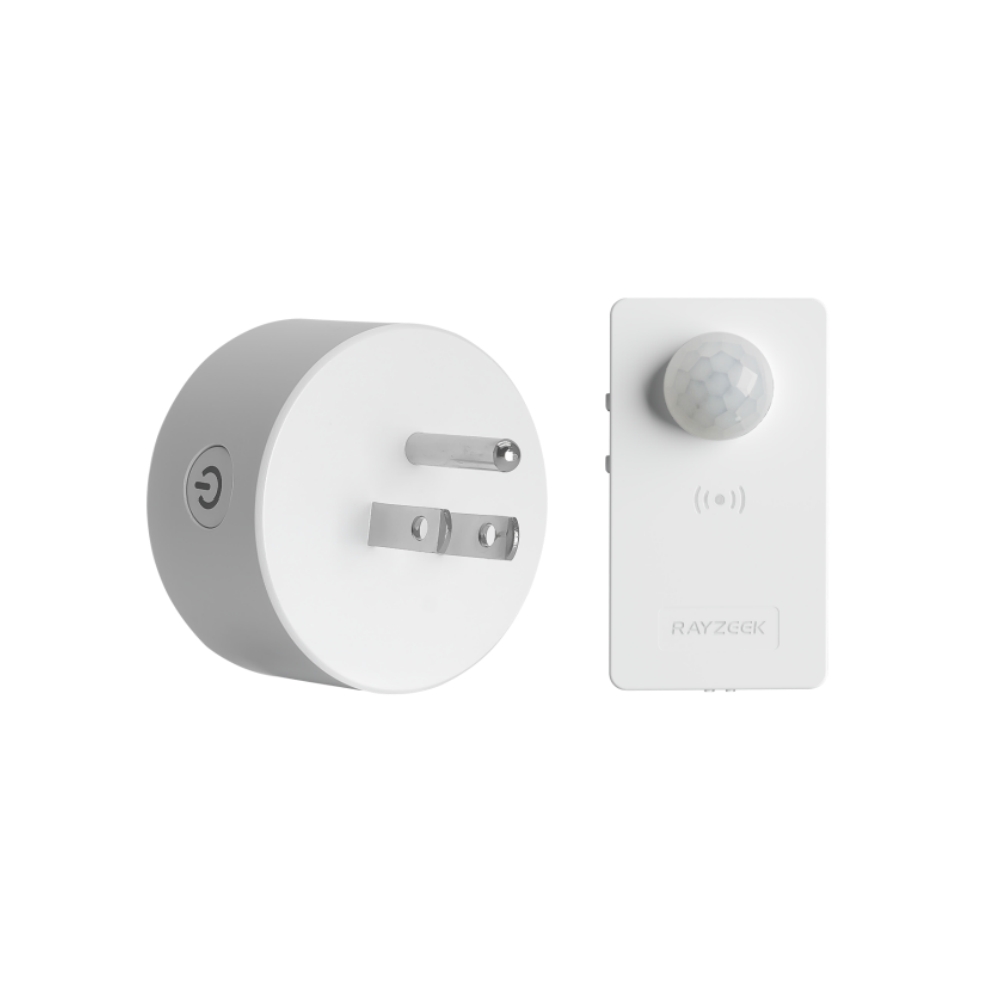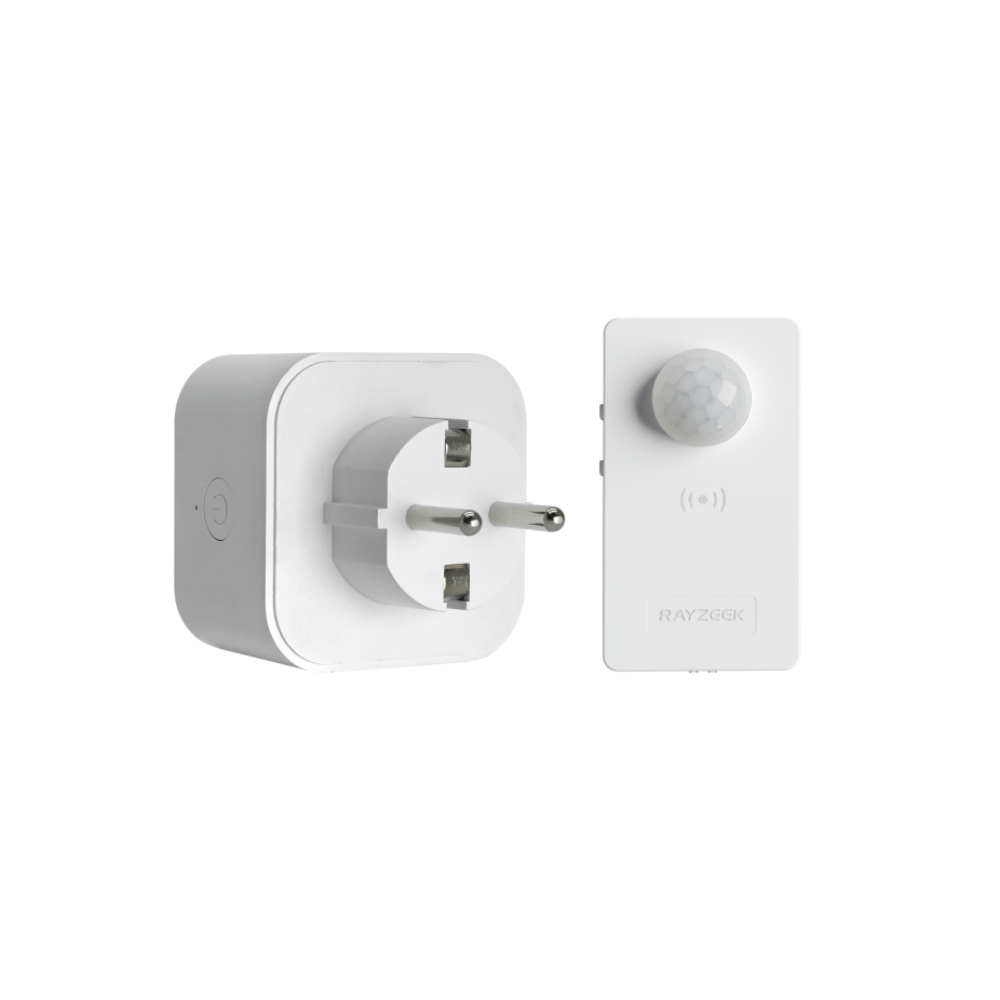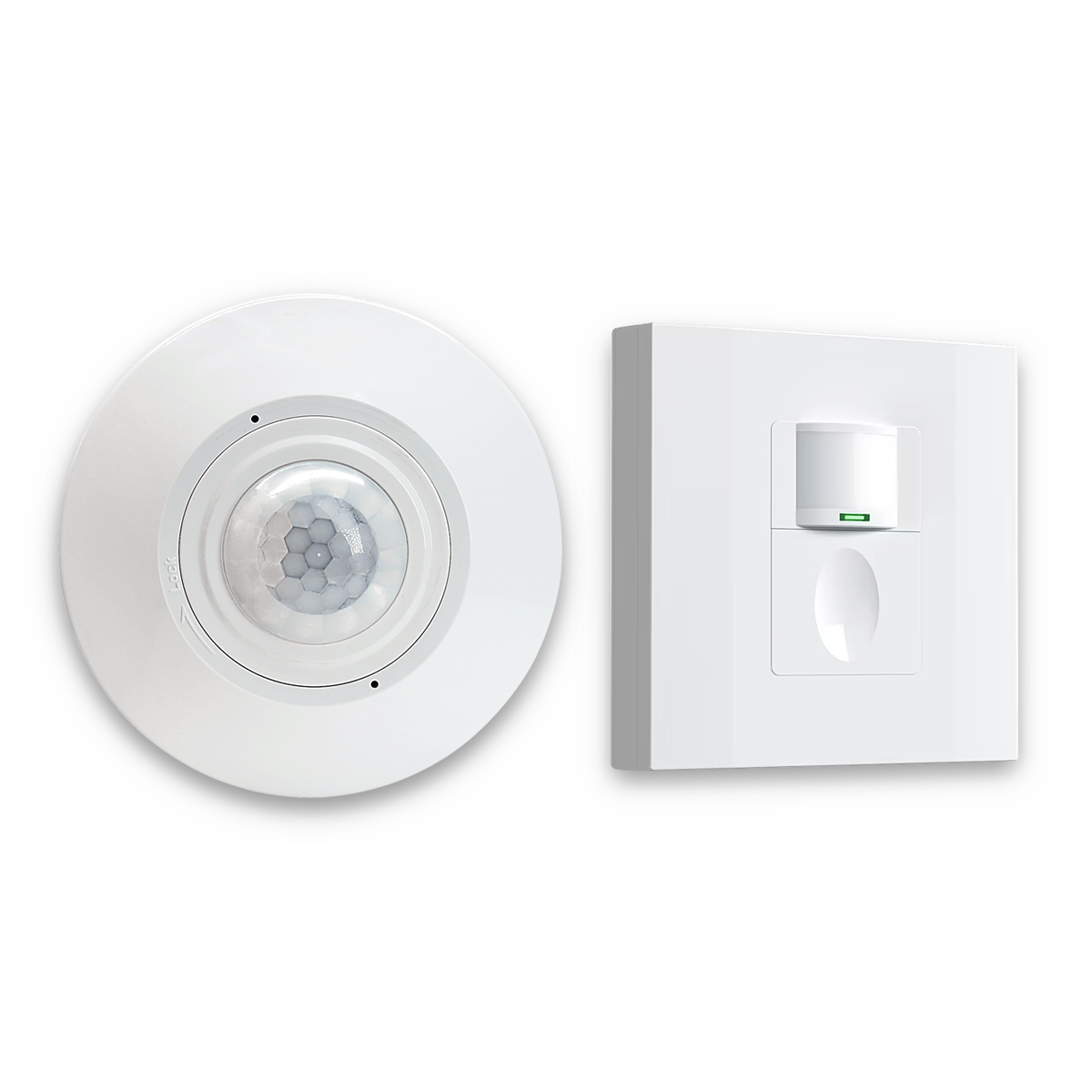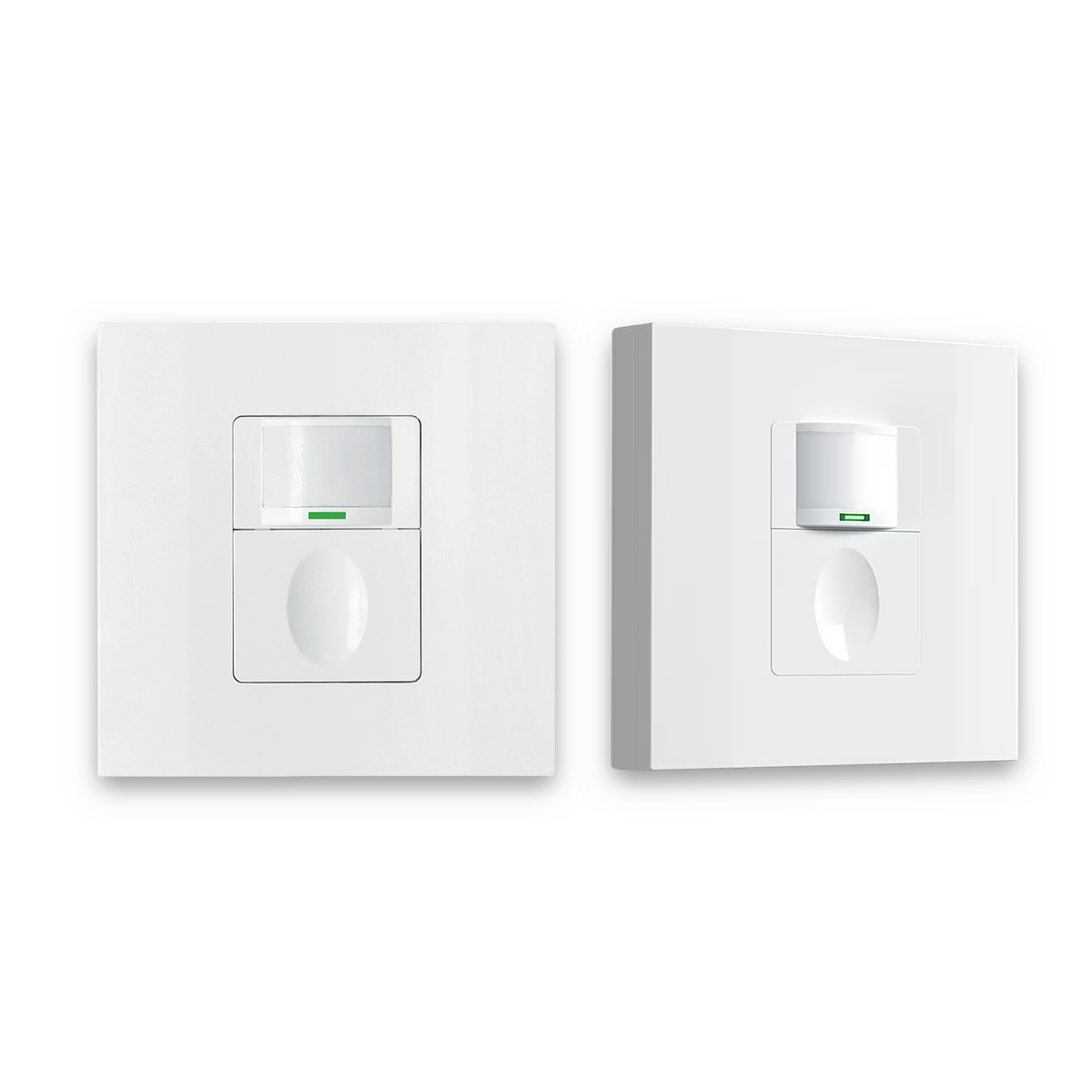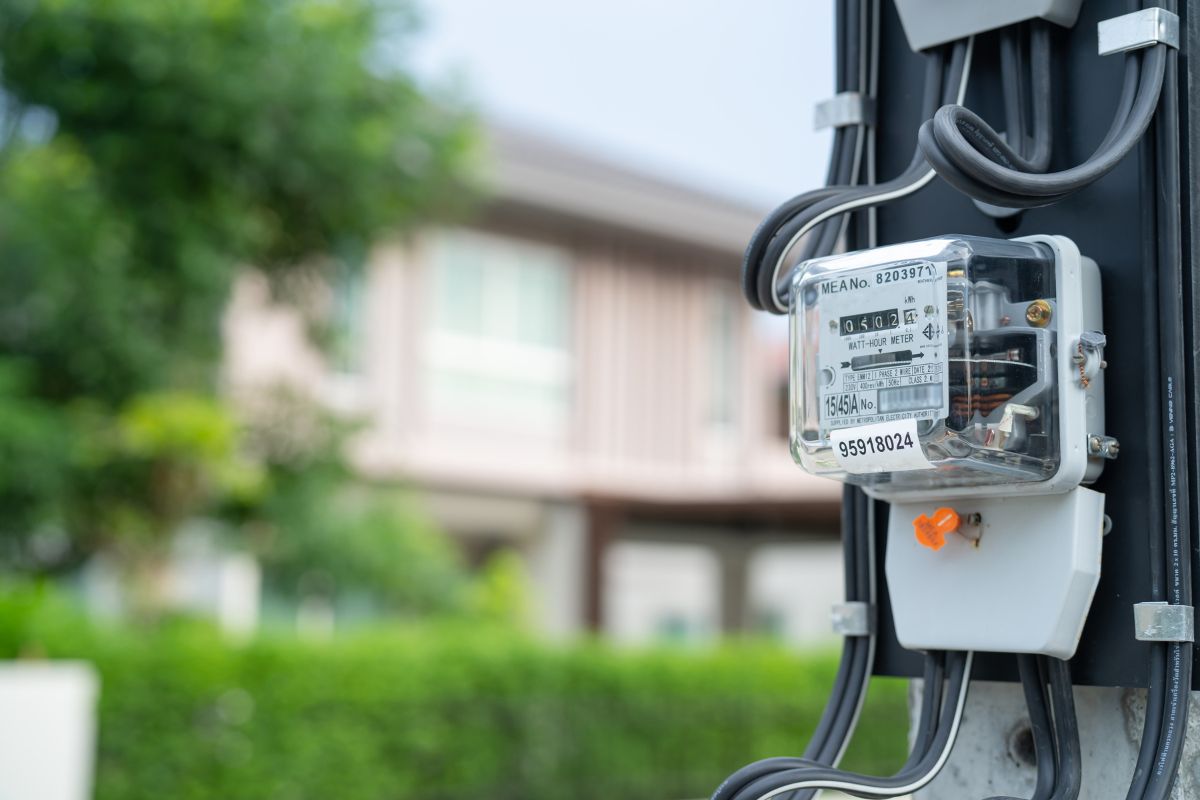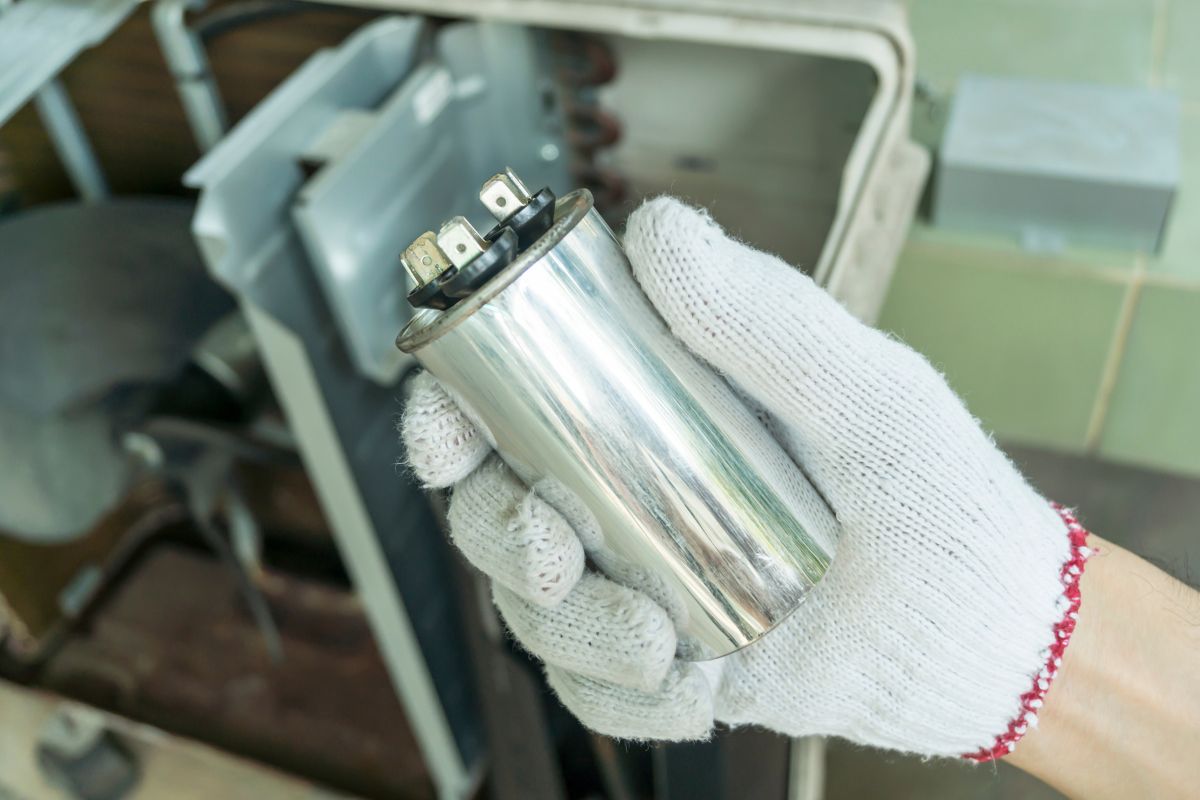Energy saving: it’s more than just a buzzword, isn’t it? It actually covers a lot of ground, from simple things you can do around the house to sophisticated technologies that are changing how we power the world. We’re talking about everything from using energy more efficiently – getting more bang for your buck, so to speak – to actively conserving energy by making conscious choices in our daily lives. Why is this so important? Well, it’s a critical issue that affects pretty much everything. Think about the environment, the economy, and even our personal well-being. Global energy demand has been on the rise for years, fueled by a growing population and expanding economies. While the exact numbers might bounce around a bit, the overall trend is clear: we’re using more and more energy, which puts a huge strain on our planet and its resources. That’s why energy saving measures are so vital. In this article, we’ll dive into the environmental, economic, and social benefits of saving energy, and we’ll also take a look at some of the challenges we face along the way.
So, why should you care about saving energy? Because it’s absolutely crucial. It’s how we can fight climate change, protect our precious resources, build a more stable economy, improve everyone’s health, and create a truly sustainable future for generations to come.
What is Energy Saving?
Okay, so what is energy saving, exactly? Well, it’s all about reducing the amount of energy we use. And there are basically two main ways to do that: through energy efficiency and energy conservation. We’ll explore both of these in detail.
Energy Efficiency
So, what does “energy efficiency” really mean? Simply put, it’s about using technology and practices to get the same job done, but with less energy. Think of it as minimizing energy waste while still enjoying the same level of service or the same amount of output.
Let’s look at an example:
- LED Light Bulbs: You know those LED light bulbs everyone’s switching to? Well, they’re a perfect example of energy efficiency in action. Incandescent bulbs basically work by heating a filament until it glows, which wastes a ton of energy as heat. LEDs, on the other hand, convert a much larger percentage of electricity directly into light. That means they need significantly less electricity to produce the same brightness.
- Reduced Energy Demand: Because energy efficiency allows us to achieve the same results with less energy input, it naturally reduces our overall energy demand. Less energy needed means less energy production required, which is a win-win for everyone.
- The Rebound Effect: Now, here’s something important to keep in mind. You might think that if we just make everything more efficient, we’ll automatically solve all our energy problems. But that’s not always the case. There’s something called the “rebound effect,” where increased efficiency can sometimes lead to increased use. We’ll talk more about that later when we discuss the challenges of saving energy.
Energy Conservation
Okay, so we’ve talked about energy efficiency. Now, what about energy conservation? Well, energy conservation is all about consciously reducing your energy consumption through changes in your behavior and lifestyle. It’s about reducing the overall need for energy in the first place.
Here are a few examples:
- Turning Off Lights: Simple, right? But turning off the lights when you leave a room is a classic example of energy conservation. You’re not using any fancy technology, you’re just making a conscious decision to use less energy.
- Using Public Transport: Choosing to take the bus, train, or subway instead of driving your car is another great example. You’re reducing your personal energy consumption by opting for a more energy-efficient mode of transportation.
- Efficiency vs. Conservation: The key difference between conservation and efficiency is that conservation focuses on reducing the need for energy, while efficiency focuses on using energy more effectively when you do need it.
Now, some people might think that energy conservation is all about sacrifice. Do you have to give up all the comforts of modern life to conserve energy? Not at all! Conservation can be significantly easier with smart technologies and well-designed urban planning. For example, smart thermostats can automatically adjust the temperature in your home based on whether you’re there or not, and cities with good public transportation make it much easier to get around without driving.
So, while both energy efficiency and energy conservation are crucial for cutting down on energy use, they tackle different sides of the problem. Think of it this way: energy efficiency is like improving your car’s fuel economy – you’re still driving, but you’re using less gas to go the same distance. Energy conservation, on the other hand, is like deciding to drive less in the first place – maybe you bike to work, take public transport, or just combine errands to reduce the number of trips you need to make.
Get Inspired by Rayzeek Motion Sensor Portfolios.
Doesn't find what you want? Don't worry. There are always alternate ways to solve your problems. Maybe one of our portfolios can help.
But can efficiency and conservation work together? Absolutely! In fact, they can have a powerful synergistic effect. For example, imagine you have a super-efficient dishwasher. That’s great! But if you also make a point of only running it when it’s completely full, you’re conserving energy as well. Combining efficiency and conservation like this leads to much bigger energy savings than either approach could achieve on its own.
Scope of Energy Saving
The great thing about energy saving is that it’s not just limited to one area of our lives. It applies to everything – from how we power our homes to how we move people and goods around the world. Let’s take a look at some of the key sectors where energy saving can make a big difference: residential, commercial, industrial, and transportation.
Residential energy saving is all about reducing energy use in our homes. This includes things like heating, cooling, lighting, appliances, and all those electronic devices we love so much.
How can you keep tabs on your home energy use? Here are a few ideas:
- Read Your Utility Meter: Get to know your utility meter and check it regularly. This will give you a general sense of how much energy you’re using.
- Use a Plug-in Energy Meter: You can buy a “kill-a-watt” style plug-in meter – basically a device that measures the energy consumption of individual appliances. This is a great way to find out which appliances are energy hogs.
- Install a Whole-House Energy Monitoring System: For a more comprehensive approach, you can install a whole-house energy monitoring system. These systems give you real-time data and insights into your energy usage patterns.
- Smart Thermostats: Don’t forget about smart thermostats! They can also provide valuable data on your heating and cooling energy consumption.
Commercial energy saving focuses on reducing energy use in offices, retail spaces, restaurants, and other businesses. This often means optimizing lighting, HVAC (that’s heating, ventilation, and air conditioning) systems, and office equipment.
Industrial energy saving covers energy use in manufacturing, production, and other industrial processes. This sector is often very energy-intensive, involving large-scale machinery, high-temperature processes, and significant energy demands.
Which sector consumes the most energy, anyway? Well, globally, the industrial sector is often the biggest energy consumer, followed by transportation, residential, and commercial. But keep in mind that this can vary quite a bit from country to country, depending on things like their level of industrialization and their economic structure.
Finally, transportation energy saving deals with the energy we use to move people and goods around. This includes cars, trucks, planes, trains, and ships.
But how is transportation energy saving different from the other sectors? Good question! Transportation is unique because it relies so heavily on liquid fuels, and because our transportation networks are so spread out. Plus, we need to make some pretty big infrastructure changes to support alternative transportation methods, like building electric vehicle charging stations and high-speed rail lines.
Environmental Benefits of Saving Energy
Saving energy isn’t just a good idea – it’s absolutely essential for protecting our environment. Why? Because it directly reduces pollution, helps us fight climate change, and conserves our precious resources. And here’s the thing: environmental problems are often linked together. By saving energy, we’re tackling multiple issues at the same time, making it a powerful tool for creating a healthier planet.
Environmental Impact Reduction
Air Pollution
One of the biggest ways saving energy helps the environment is by reducing air pollution. When we burn fossil fuels to generate electricity, power our cars, and heat our homes, we release a cocktail of nasty pollutants into the air. These include things like particulate matter (tiny particles that can get deep into your lungs), nitrogen oxides, and sulfur dioxide.
What’s the big deal about these pollutants? Well, they can cause all sorts of health problems, including respiratory issues, cardiovascular diseases, and other serious illnesses. We’ll dive deeper into the health impacts later on.
So, how does saving energy help?
- Reducing Fossil Fuel Reliance: By reducing our reliance on fossil fuels, we automatically decrease the amount of these harmful pollutants that are released into the atmosphere. This is where renewable energy sources come in.
- Switching to Renewables: Switching to renewable energy sources like solar and wind power is a great way to reduce air pollution. Unlike fossil fuels, these sources don’t release pollutants into the air when they generate electricity.
Now, it’s important to be realistic. Renewable energy sources aren’t perfect. The manufacturing of solar panels and wind turbines requires energy and resources, and their disposal can be tricky. Plus, solar and wind power are intermittent – they depend on the weather, which means we need backup power sources or energy storage solutions. And large-scale solar and wind farms can require a lot of land.
But what about the environmental impact of making renewable energy technologies? That’s a fair question. The key is to look at the entire lifecycle of different energy sources. While renewable energy technologies do have an environmental footprint during manufacturing and disposal, it’s generally much, much smaller than the ongoing damage caused by burning fossil fuels.
Water Pollution
Air pollution isn’t the only environmental problem linked to energy production. It can also pollute our water sources, especially when it comes to coal and nuclear power. This can happen in a few different ways: mining runoff (when rainwater washes pollutants away from mining sites), thermal pollution, and radioactive waste.
What exactly is thermal pollution, and why is it bad? Thermal pollution happens when power plants release hot water into rivers or lakes. This sudden temperature spike can lower the amount of oxygen in the water, which can harm or even kill fish and other aquatic creatures that are sensitive to temperature changes. It can also mess with their reproductive cycles.
The good news is that saving energy helps reduce water pollution. By lowering our overall energy demand, we reduce the need for those energy production processes that contribute to water pollution in the first place.
Habitat Destruction
Energy production can also have a major impact on natural habitats. Extracting fossil fuels and building all the infrastructure we need to get energy to our homes and businesses can cause significant habitat destruction. We’re talking about things like mining, drilling, building dams, and constructing pipelines – all of which can have devastating effects on the environment.
So, what are the long-term consequences of losing these habitats? Well, habitat loss leads to biodiversity loss – meaning that species lose their homes and food sources, which can push them closer to extinction. It can also disrupt important ecosystem functions, like pollination (which is essential for growing crops) and water purification. And to make matters worse, habitat loss can even reduce the ability of ecosystems to absorb carbon dioxide, which makes climate change even worse.
The good news is that saving energy can help. Just like with greenhouse gas emissions, reducing our energy demand lessens the pressure to dig up new resources and build new infrastructure that would further damage these precious habitats.
Greenhouse Gas Emissions
Perhaps the most well-known environmental problem associated with energy production is the release of greenhouse gases. When we burn fossil fuels for energy, we release these gases into the atmosphere. The main culprit is carbon dioxide (CO2), which is the primary greenhouse gas responsible for climate change.
Maybe You Are Interested In
Here’s how it works: greenhouse gases, like CO2, trap heat in the Earth’s atmosphere by absorbing infrared radiation that’s emitted from the Earth’s surface. This is a natural process that’s essential for keeping our planet warm enough to live on. However, human activities have significantly increased the concentration of greenhouse gases in the atmosphere, which is enhancing this effect and leading to global warming and climate change.
So, how does saving energy help?
- Reducing CO2 Emissions: Saving energy directly reduces CO2 emissions, which helps to slow down and lessen the severity of climate change. After all, less energy consumption means less fossil fuels burned.
- Energy Efficiency Standards: Many countries have put energy efficiency standards in place for appliances, buildings, and vehicles. These standards have been shown to significantly reduce energy consumption and, as a result, lower national carbon footprints.
But is it possible to have economic growth without increasing energy consumption and emissions? That’s a big question. The idea of “decoupling” explores whether we can separate economic growth from environmental impact. Historically, economic growth has been closely tied to increased energy consumption, but advances in energy efficiency and the shift to renewable energy sources offer the potential to break that link. This could allow us to have economic growth while actually reducing emissions.
Resource Depletion Mitigation
Fossil Fuels
Another critical reason to save energy is that fossil fuels – coal, oil, and natural gas – are finite resources. They weren’t kidding when they called them “non-renewable”! These fuels were formed from the remains of ancient organisms over millions of years. This process is incredibly slow, and we’re burning through these resources much faster than they can be replenished. That means they’re effectively finite on a human timescale.
So, how long will our current reserves of fossil fuels last? It’s tough to say for sure. Estimates vary depending on things like how quickly technology improves for extracting them and how much energy we’ll be using in the future. But most experts agree that, at our current rate of consumption, we only have a few decades left of readily accessible oil and natural gas reserves. Coal might last a few centuries longer, but it’s still a finite resource.
Now, you might have heard that we have abundant shale gas reserves, so there’s nothing to worry about. But that’s not really the case. While shale gas extraction has boosted our natural gas supplies, it also comes with its own set of environmental problems, like water contamination and even induced seismicity (that’s when drilling causes earthquakes). Plus, shale gas is still a finite resource, and extracting it doesn’t solve the fundamental problem of fossil fuel depletion.
Saving energy helps extend the lifespan of these resources, giving us more time to transition to renewable energy sources.
And what happens when we start running out of fossil fuels? Well, it could lead to increased competition for the remaining resources, which could cause geopolitical instability and even conflicts. That’s why it’s so important for countries to focus on energy security and diversify their energy sources.
Other Resources
It’s not just fossil fuels we need to worry about. Energy production also requires other resources, like water, land, and minerals.
Let’s take water, for example. Different energy sources have different “water footprints” – meaning they use different amounts of water. Hydropower, for instance, can require a lot of water to fill up reservoirs. Biofuels can also have significant water demands because they need irrigation. And even extracting and processing fossil fuels requires a good amount of water.
And what about the minerals we need to make renewable energy technologies? Mining minerals like lithium, cobalt, and rare earth elements (which are essential for batteries and other renewable energy tech) can have some pretty serious environmental and social consequences, including habitat destruction, water pollution, and even human rights concerns.
The good news is that saving energy helps reduce the overall demand for all these resources, which promotes more sustainable resource management.
Preservation of Ecosystems and Biodiversity
Direct Impacts
Energy production has some pretty direct impacts on ecosystems and biodiversity. Pollution, habitat destruction, and climate change all directly harm ecosystems and threaten the incredible variety of life on our planet.
Let’s take acid rain, for example. Acid rain is caused by sulfur dioxide and nitrogen oxide emissions from burning fossil fuels. It can damage trees, make lakes and streams acidic, and harm aquatic life.
Saving energy helps reduce these direct threats, protecting habitats and the species that live in them.
Indirect Impacts
Climate change, which is largely driven by energy production, also has indirect impacts on ecosystems and biodiversity. As the climate changes, ecosystems are altered, forcing species to adapt or migrate. And, unfortunately, it increases the risk of extinction for many species.
Rising sea levels are a prime example. Rising sea levels are caused by the thermal expansion of water (as it warms, it takes up more space) and the melting of glaciers and ice sheets. This can flood coastal habitats, like mangroves and salt marshes, leading to habitat loss and the displacement of species.
What happens when we lose biodiversity? Well, biodiversity loss can disrupt essential ecosystem services. For example, we rely on insects and other animals to pollinate our crops. If we lose those pollinators, it can lead to reduced crop yields. Similarly, ecosystems help purify our water. If we damage those ecosystems, it can increase the cost of water treatment. And, as we mentioned earlier, ecosystems help regulate the climate. If we damage them, it can make climate change even worse. The loss of even one species can trigger a chain reaction, affecting other species and the overall functioning of the ecosystem.
Saving energy helps mitigate climate change, which reduces the pressure on ecosystems and biodiversity.
But can saving energy alone solve the biodiversity crisis? It’s a crucial piece of the puzzle, but it’s not enough on its own. We also need other conservation efforts, like protecting and restoring habitats, combating poaching and the illegal wildlife trade, and addressing pollution.
Economic and Health Benefits
Saving energy isn’t just good for the environment – it’s also good for your wallet and your health!
Economic Benefits
Individual Level
Let’s start with the economic benefits for individuals. Saving energy can have a direct and positive impact on your personal finances.
- Lower Energy Bills: This one’s pretty obvious, right? When you reduce your energy consumption, you automatically lower your utility bills. Whether you’re a homeowner or a business owner, that can add up to significant savings over time.
- Energy-Efficient Appliances: Switching to energy-efficient appliances, like refrigerators and washing machines, can save you a lot of money on your electricity bills over the long haul.
- Government Incentives: Are there any government programs that can help you pay for energy-saving upgrades? Absolutely! Many governments offer financial incentives, like tax credits or rebates, to encourage people to invest in energy-efficient technologies and practices.
- Increased Property Value: Energy-efficient homes and buildings often have higher market values.
- Data: Studies have shown that there’s a positive link between energy efficiency ratings (like Energy Star certifications) and property values. Homes with higher energy efficiency ratings tend to sell for more than similar homes with lower ratings.
National Level
At the national level, saving energy can contribute to economic growth, stability, and security.
- Reduced Energy Dependence: When a country relies less on imported fossil fuels, it enhances its energy security and reduces its vulnerability to price fluctuations.
- Foreign Policy: How does energy dependence affect a country’s foreign policy? Countries that rely heavily on imported fossil fuels may be more susceptible to political pressure from the countries that export those fuels. This can influence their foreign policy decisions and limit their ability to act independently.
- Renewable Energy Adoption: Countries that have embraced renewable energy, like Iceland and Norway, have significantly reduced their dependence on fossil fuel imports, which has boosted their energy security.
- Economic Growth: Investing in energy efficiency and renewable energy creates jobs and stimulates economic activity.
- Data: The renewable energy and energy efficiency sectors have been shown to create more jobs per dollar invested than traditional fossil fuel industries.
- Regulations: Do energy-saving regulations hurt businesses? While some businesses may initially face costs to comply with these regulations, they can also create new market opportunities and drive innovation. In the long run, energy efficiency can improve a business’s competitiveness by lowering its operating costs.
- Increased Competitiveness: Businesses that lower their energy costs can become more competitive in the global market.
- Energy-Efficient Practices: Companies that have adopted energy-efficient manufacturing processes and technologies have often achieved significant cost savings, allowing them to offer their products or services at more competitive prices.
- Tradable Commodity: Energy can be traded as a commodity.
- Monetizing Efficiency: How can energy efficiency be traded or monetized? Energy efficiency can be treated as a tradable commodity through things like energy efficiency certificates (also known as white certificates) and carbon trading schemes. Energy efficiency certificates represent a certain amount of energy saved, and they can be traded between companies or utilities. Carbon trading schemes, like cap-and-trade systems, set a limit on overall emissions and allow companies to buy and sell emission permits.
Health Benefits
Reduced Air Pollution
By reducing our reliance on fossil fuels, saving energy leads to significant improvements in public health, mainly by reducing air pollution. As we discussed earlier, air pollution from burning fossil fuels contributes to a range of health problems.
Improved Respiratory Health
When we reduce air pollution, we improve respiratory health. Air pollutants like particulate matter and nitrogen oxides can irritate the lungs, make asthma worse, and increase the risk of respiratory infections. Lowering the levels of these pollutants in the air can significantly reduce the number and severity of respiratory illnesses.
Reduced Cardiovascular Disease
Saving energy and reducing air pollution also helps reduce cardiovascular disease. Studies have shown a strong link between exposure to air pollution and an increased risk of heart attacks, strokes, and other cardiovascular problems. Reducing air pollution can lower the risk of these events and improve overall heart health.
Looking For Motion-Activated Energy-Saving Solutions?
Contact us for complete PIR motion sensors, motion-activated energy-saving products, motion sensor switches, and Occupancy/Vacancy commercial solutions.
Other Health Benefits
In addition to the respiratory and cardiovascular benefits, reducing air pollution can also lead to other health improvements. This may include a lower risk of certain cancers, improved cognitive function, and better overall well-being.

